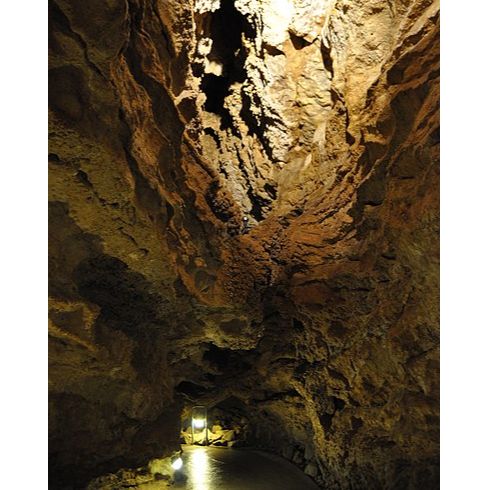Closed
Business Details
In the Buda Mountains, Budapest II. in the district of Szemlőhegy, József-hegy, 35 Pusztaszeri út. its entrance is below. It can be reached by bus from Kolosy tér, bus 29 (departing from Árpád híd Szentlélek tér) and 111 from Batthyány tér to the Zöldmáli léjtő stop. It can also be visited with a stroller or wheelchair. The duration of the tour is approx. 40 minutes. A
permit from the Danube–Ipoly National Park Directorate is required to visit sections not open to tourism. Since the cave does not have a natural entrance, bats do not live in it, so you can also take pictures with a flash. The length of the cave is 2230 m and its vertical extent is 50.4 m. The hiking trail is 250 m, which can be walked on sidewalks and stairs. The work of the thermal waters is preserved by the characteristic formations of the cave, the pea stones, which are formed at the points of the limestone rocks where the water from the hot springs hits the wall. Pea stones form clusters of yellowish-white globules. These are associated with gypsum coatings and needle aragonite groups.
The cave is one of Budapest's highly protected natural treasures. In 1976, the cave was first mentioned in the literature as Szemlő-hegyi-cave.
The Szemlő Mountain Cave appears in the literature University Cave, Kadić Cave (Cholnoky 1932), Kadić Ottokár Aragonite Cave, Kadič Ottokár Cave (Kordos 1984), Ottokár Cave (Cholnoky 1932), Rothermere Cave, Szemlő Mountain Cave (Kordos 1977), Szemlőhegyi cave (Cholnoky 1932), Szemlőhegyi cave (Cholnoky 1932), Zöldmáli cave (Bertalan, Schőnviszky 1976) and Zöldmáli stalactite cave.
Source: Wikipedia
permit from the Danube–Ipoly National Park Directorate is required to visit sections not open to tourism. Since the cave does not have a natural entrance, bats do not live in it, so you can also take pictures with a flash. The length of the cave is 2230 m and its vertical extent is 50.4 m. The hiking trail is 250 m, which can be walked on sidewalks and stairs. The work of the thermal waters is preserved by the characteristic formations of the cave, the pea stones, which are formed at the points of the limestone rocks where the water from the hot springs hits the wall. Pea stones form clusters of yellowish-white globules. These are associated with gypsum coatings and needle aragonite groups.
The cave is one of Budapest's highly protected natural treasures. In 1976, the cave was first mentioned in the literature as Szemlő-hegyi-cave.
The Szemlő Mountain Cave appears in the literature University Cave, Kadić Cave (Cholnoky 1932), Kadić Ottokár Aragonite Cave, Kadič Ottokár Cave (Kordos 1984), Ottokár Cave (Cholnoky 1932), Rothermere Cave, Szemlő Mountain Cave (Kordos 1977), Szemlőhegyi cave (Cholnoky 1932), Szemlőhegyi cave (Cholnoky 1932), Zöldmáli cave (Bertalan, Schőnviszky 1976) and Zöldmáli stalactite cave.
Source: Wikipedia
Map Location
BUSINESS REVIEWS
There are no reviews at the moment





Szemlő-hegyi cave